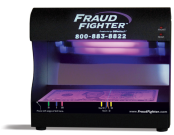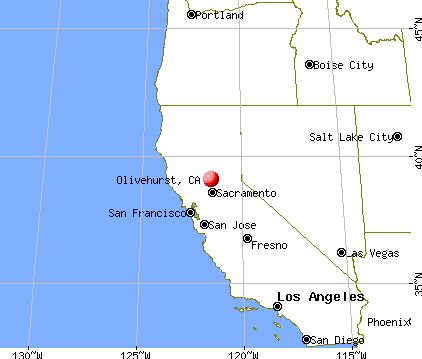We are currently in the midst of several wars against ideas: the War on Terror and the War on Drugs, to name a few. While enormous resources have been spent in pursuit of these goals, surprisingly few have considered a related fight – the War on Counterfeits and Counterfeit Money. Yet, as an identity card-counterfeiting operation recently broken up in the small California city of Olivehurst showed, there is a strong connection between counterfeit crime and the drug trade, and any attempt to tackle one must also deal with the other.
Executing a search warrant, the regional drug and gang enforcement unit of police found only a handful of drugs at the residence, but did uncover numerous fake social security and Permanent Resident Alien cards (the latter comically misspelling the word “permanet”, proving once more that these operations are rarely very sophisticated), as  well as American and Mexican counterfeit currency. The three men arrested in connection with the operation all appeared to be Hispanic, making the possibility of a Mexican drug connection strong enough for the commander of the unit to note that the Olivehurst trio may have used the fake bills to buy drugs wholesale.
well as American and Mexican counterfeit currency. The three men arrested in connection with the operation all appeared to be Hispanic, making the possibility of a Mexican drug connection strong enough for the commander of the unit to note that the Olivehurst trio may have used the fake bills to buy drugs wholesale.
The apparent drugs-and-counterfeits connection in Olivehurst is not at all uncommon. Consider another case taking place right around the same time on the opposite side of the continent. Woonsocket, RI police on another search warrant found the drugs they were after – and also discovered their suspect apparently was manufacturing counterfeit bills. And in yet another incident in April of last year, in the middle of the country, a Topeka, KS counterfeiting group printed at least $10,000 intended to purchase a large shipment of marijuana.
There are many reasons why drugs and counterfeits go together so well together. For one, both are immensely profitable – easy to make (with the proper know-how and equipment), easy to distribute, with no lack of clients anywhere in the world. Both are also highly portable, meaning they can be packed up and shipped anywhere in the world at a moment's notice; and fungible, meaning counterfeits are commonly exchanged for drugs and drugs for counterfeits.
More importantly, this connection suggests that counterfeit crime is rapidly evolving from lone operators to organized operations of  several people, and increasingly more frequently entire drug cartels. There is a relentless increase in both the number of people attempting counterfeiting and their relative levels of sophistication. Imagine - if a handful of small-time counterfeiters with off-the-shelf scanning & printing equipment were able to link up with international drug traffickers, what could a whole cartel do?
several people, and increasingly more frequently entire drug cartels. There is a relentless increase in both the number of people attempting counterfeiting and their relative levels of sophistication. Imagine - if a handful of small-time counterfeiters with off-the-shelf scanning & printing equipment were able to link up with international drug traffickers, what could a whole cartel do?
The need for a war on counterfeits would involve two primary points of focus:
1. A reliable method of proactively preventing fake money from ever being printed; and, because some counterfeiters will invariably fall through the cracks,
2. Fraud prevention detection of the fake money when it reaches the point of sale.
If just some small portion of the budget currently spent on the War against Drugs and the War against Terrorism in America were to be focused onto the technology and educational programs necessary to achieve these two anti-counterfeiting goals, a severe blow against both enemies (terrorists and the drug trade) would be struck.


